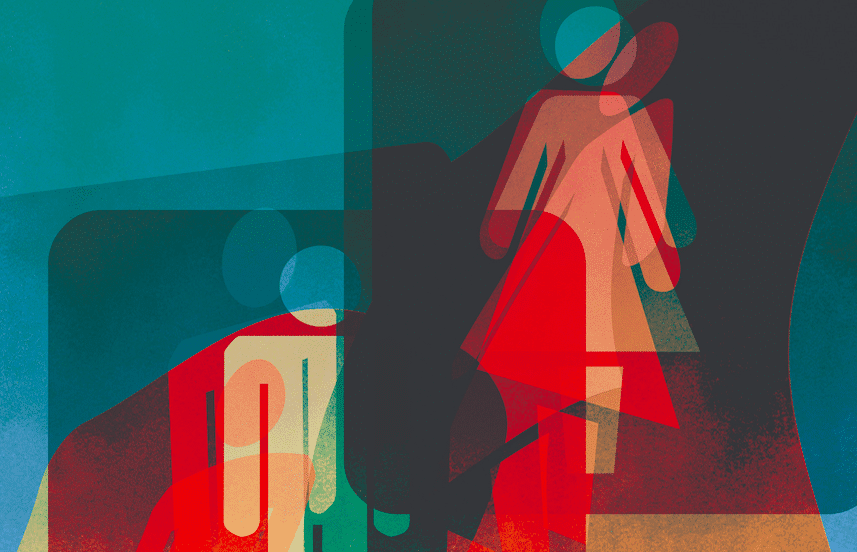Abstract
Historically, Iranian women have endeavoured to access public spaces in society in various ways. During the Pahlavi era, women practically participated in national debates on gender and family protection law reform. At the time, a number of factors – from the unveiling decree to women’s increasing presence in public spaces to the encouragement and promotion of norm-based socialization – caused disruption in all-male spaces of society. Although modernity and social changes between 1900 and 1979 led to the establishment of heterosexuality as the fundamental norm of society, the Islamic Republic has always sought to rebuild a gender-apartheid society. The regime has always been involved in shaping the discourses of sexuality and gender through the imposition of the hijab, the reversal of reforms related to the family protection law, and the endorsement of polygamy and temporary marriage. Whereas the Islamic Revolution transformed women’s status in society four decades ago, today Iranian women are revolutionizing with a determined and calm desire for sexual and physical independence. In today’s Iran, mothers and daughters from different socio-economic backgrounds are fighting together for equality and freedom of choice.
Cite this article:
Yaghoobi Claudia. 2022. “The Evolution of Gender Discourse in Modern Iran”. Freedom of Thought Journal, no. 11 (April):77-90. https://doi.org/10.53895/KJOP7041.


